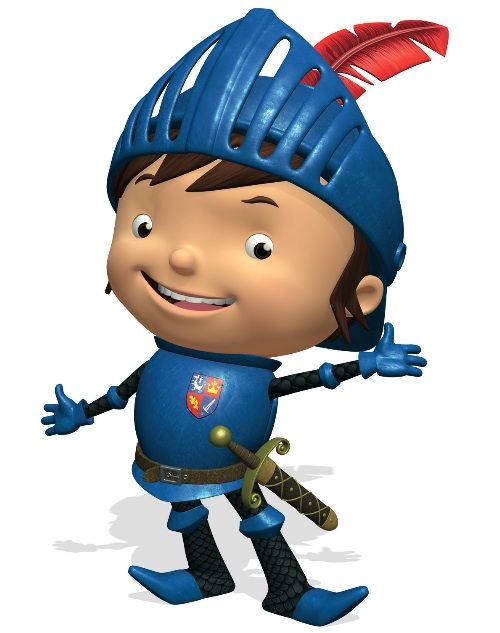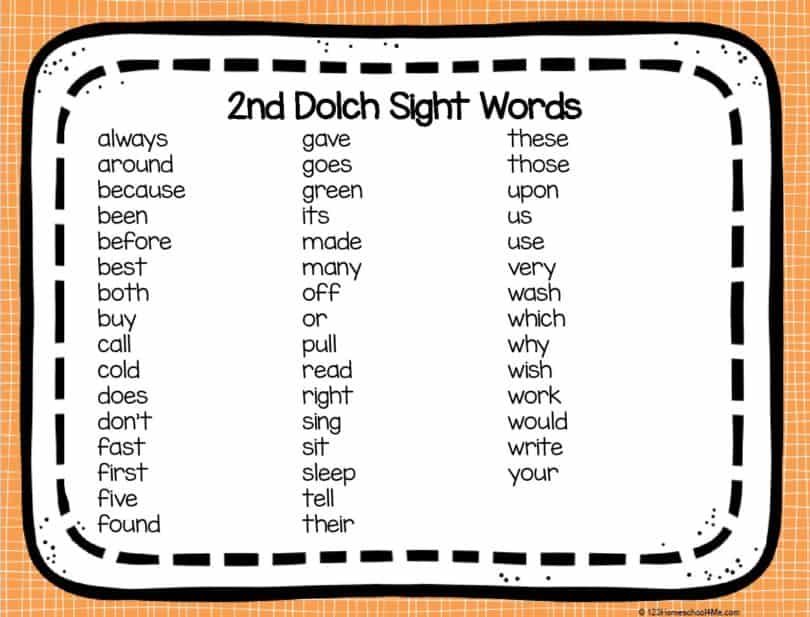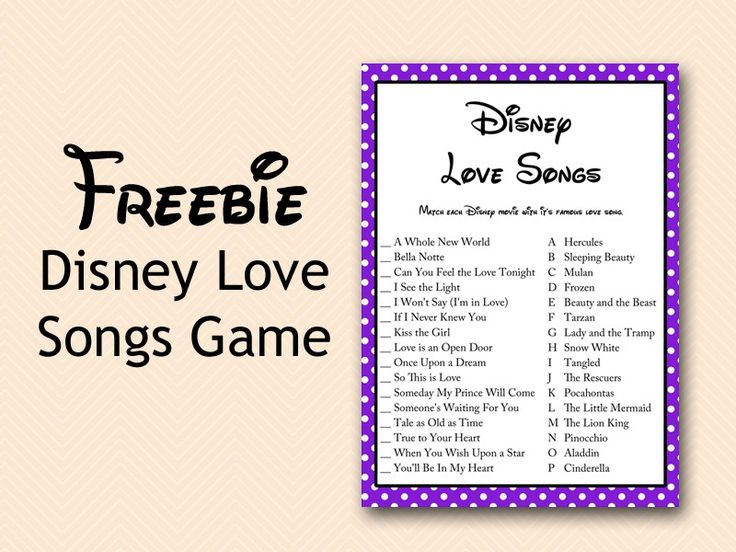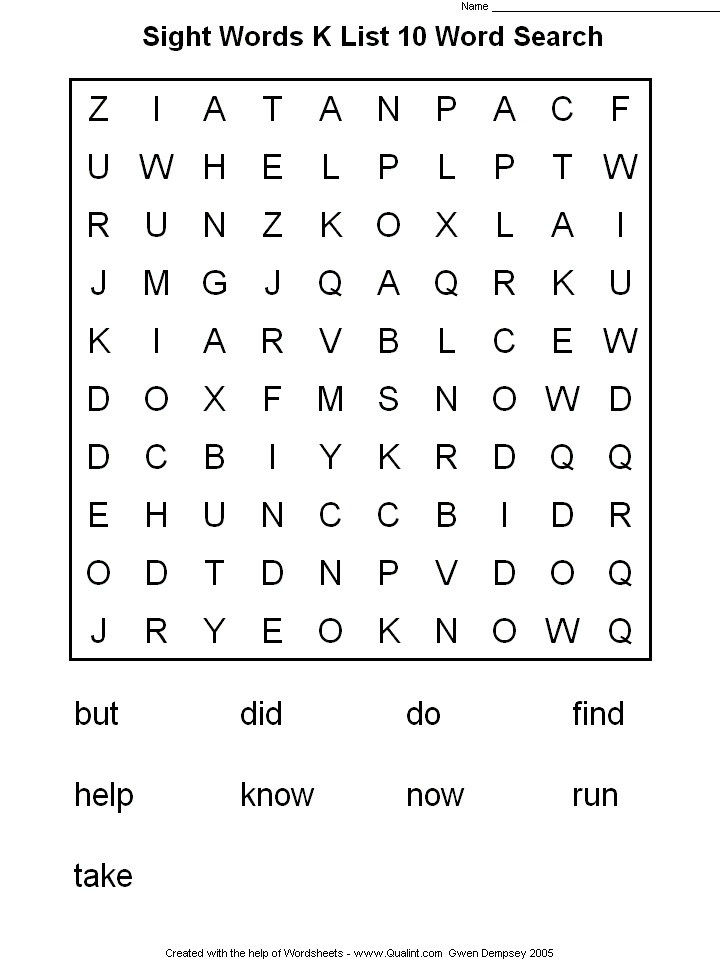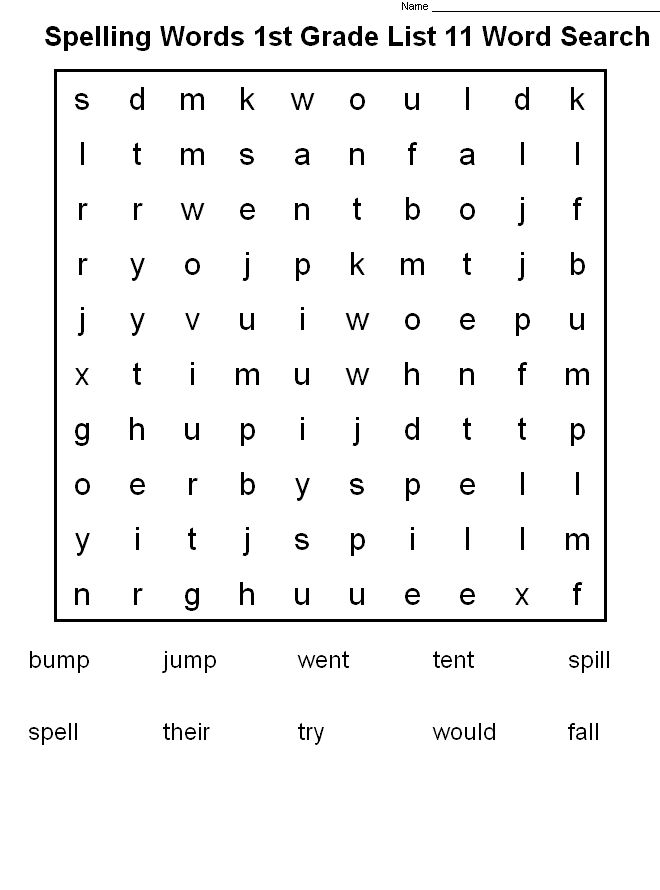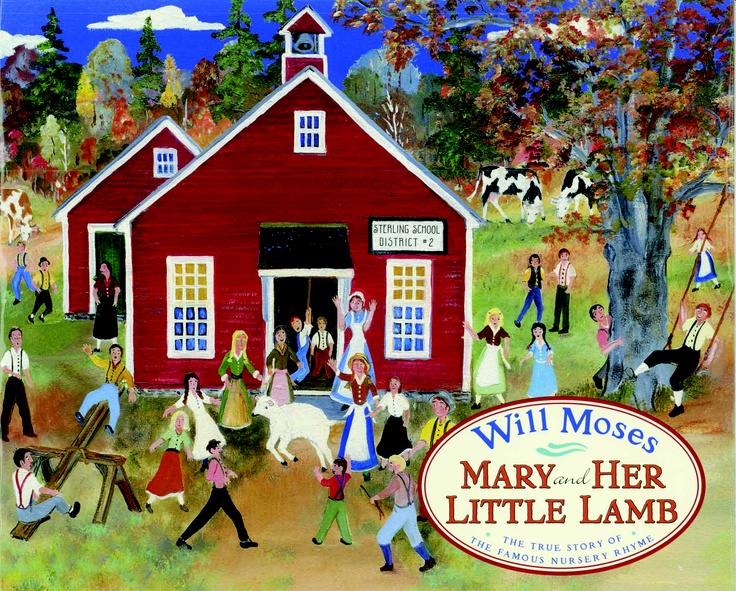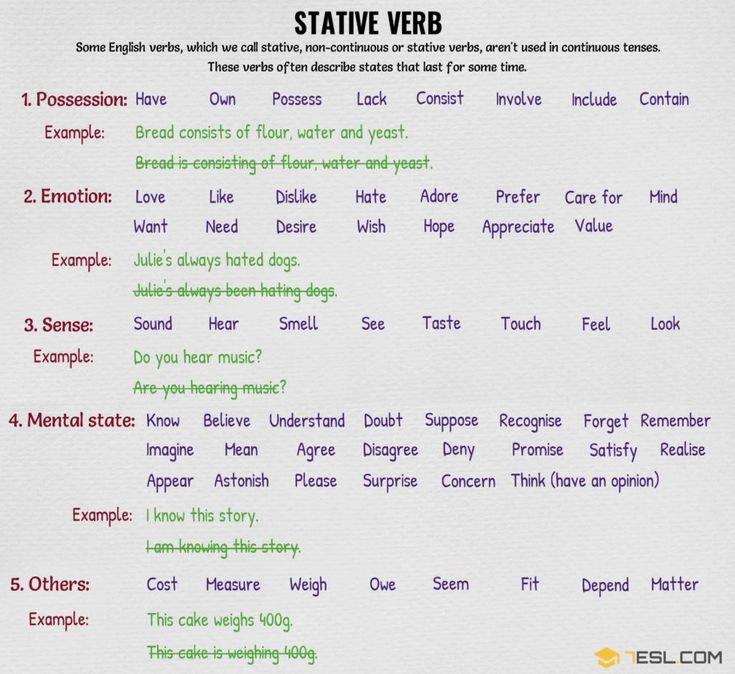Alphabet practice for kids
26 Easy, Fun Alphabet Activities That Give Kids the Practice They Need
Alphabet activities make learning your ABCs more fun. There are so many ways to practice your ABCs, you might be able to do one alphabet activity a day for a year without repeating. We’ve gathered over 25 super fun alphabet activities so kids can play and learn every day.
1. Write letters on dried beans
Large dried white beans are inexpensive to purchase and easy to write on. Grab a sharpie and write all the upper and lower case letters on them. Then put each set in a pile (or baggie) and ask your kids to match them.
ADVERTISEMENT
2. Letter sort with sticky notes
Write individual letters on sticky notes and then place them all over your house or just on every stair in a staircase. This practice game has a lot of variations—all tied to sorting. Ask kids to sort by:
- lowercase
- uppercase
- letters in their name
- straight lines (H)
- curved lines (c)
- both curved and straight lines (B)
- consonants
- vowels
For even more practice: have them sort their finds into ABC order, match lowercase letters to uppercase letters, and then, find a way to sort them that’s new.
3. Write letters in shaving cream
Squirt shaving cream on a table and let your kids write letters in the cream. Smoothe it out to erase and start again. Bonus: their hands and your table will be cleaner than ever!
Source: Rose and Rex
4. Bend letters with pipe cleaners
Pipe cleaners have always been a trusted source of good fine motor practice as well as a fun craft resource. Now use them to have kids create uppercase and lower case letters.
Learn more: make and takes
5. Make sensory ABC bags
This one is great because you can change up what you put in here and even move to sight words. You’ll need a gallon bag with a ziplock top. Add letters written on pieces of paper, magnetic letters, scrabble tiles, or anything else you can think of with letters. Then fill the bag with rice or oatmeal and seal it. Kids dig through the rice through the bag to find the letters. When they find them, they write down the letter they find until they locate all 26 letters of the alphabet.
For more sensory ideas: Little Bins Little Hands
6. Find invisible letters with watercolors
This is a classic. Using a white crayon, draw letters on a piece of white paper. Give your kids watercolor, let them paint the paper, and watch the letters appear.
Learn more: Gift of Curiosity
7. Play musical alphabet
Set up letters in a big circle on the floor. You can use magnetic letters or just write them on index cards. Put music on and have your child walk around the circle to the music. When the music goes off, your child tells you the closest letter. Expand on it: ask your child to name three things (colors, animals, etc) that start with that letter.
8. Sponge the alphabet
Cut sponges into letters and use them for sponge painting letters or playing in the tub.
Learn more: Learning 4 Kids
9. Put together name puzzles
Write the upper and lower case letters in a name and then cut them apart in a simple zigzag.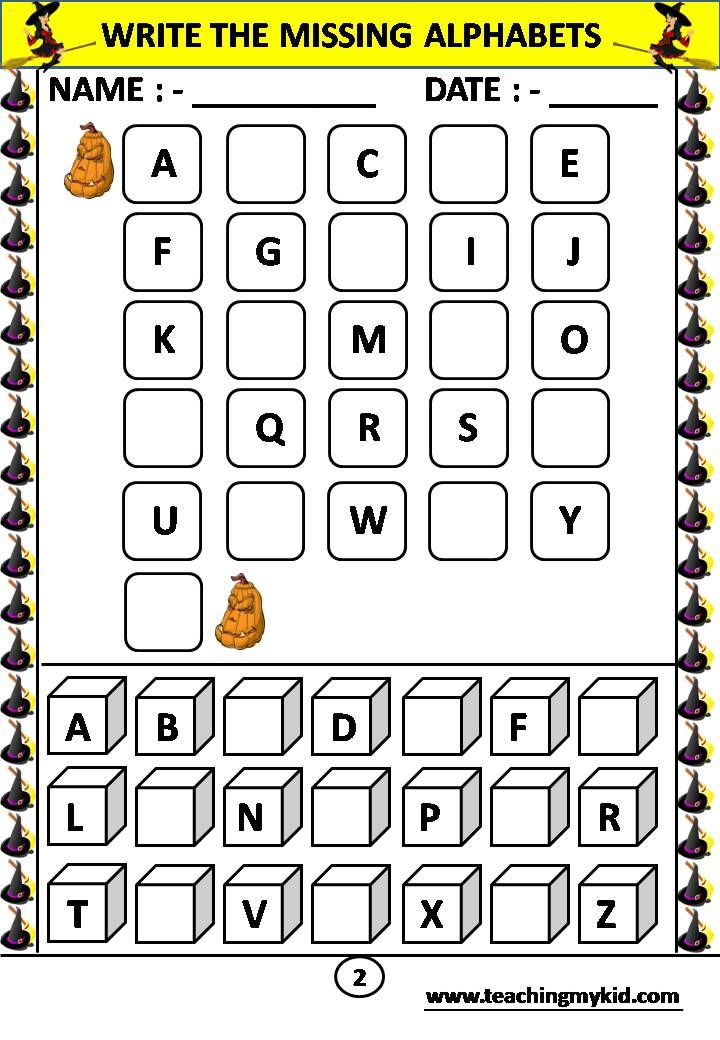 Mix up the letters and ask a child to match them up and put them in the right order.
Mix up the letters and ask a child to match them up and put them in the right order.
10. Make letters from nature
Find the alphabet right outside. Choose natural objects that already look like letters, or arrange them to look like them.
To learn more: Right Brained Mom
11. Eat your ABCs
We know from Alphabet Soup that eating your ABCs is plain old fun. So think of all the ways you can practice the alphabet at mealtime. Pancakes can be made into letters, jello can be cut into letters, and noodles can be used to make letters (just to name a few).
Learn more: Parent Map
12. Go on an alphabet scavenger hunt
The fun part about this for grown-ups is that there is no prep. Tell kids to go find objects that start with each letter of the alphabet. To make this game take longer, designate spots for them to bring each item back—one at a time. Every item must be approved before they can move on to the next. This allows for fewer meltdowns at the end when an item is deemed inaccurate.
13. Make your own ABC book
Personalizing the ABCs helps kids process and retain their learning. One of our favorite alphabet activities starts by creating a book out of 26 pieces of paper and staples or hole punches and a ribbon. Have kids write an uppercase and lowercase letter on each page. Finally, have them draw or cut out pictures of things that start with each letter. Voila!
Learn more: Teach Mama
14. Create ABC popup books
Use the following tutorial video to learn how to make different kinds of pop up pages. Then, create a page per week for 26 weeks for each letter. At the end, use a glue stick to glue them all together to make an ABC popup book!
15. Stamp letters in playdough
Roll out playdough and push letter stamps right into the dough. This is both tactile and great for practicing ABCs.
Learn more: I can teach my child
16. Make tactile letter cards
There’s lots of research (and experience) to support the value of using all the senses to learn.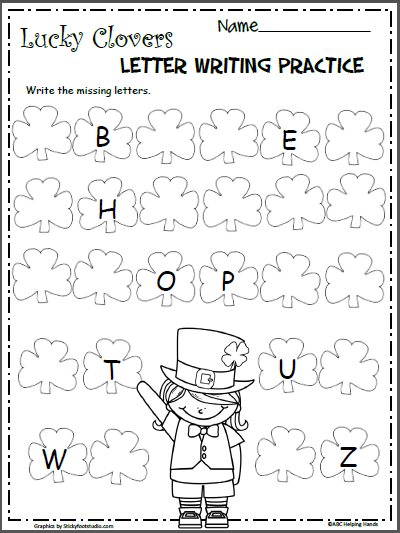 Making these tactile alphabet cards will be fun and have lasting benefits.
Making these tactile alphabet cards will be fun and have lasting benefits.
Learn more: All About Learning
17. Trace letters in spices
This one combines touch, smell, and sight. It gives you an opportunity to talk about what we uses spices for as well. Put the bottle in front of a child and have them write the spice name in the spice to make things a bit more challenging.
Source: Frog in a Pocket
18. Study a letter of the week
Many PreK and Kindergarten classes do a letter of the week, and for good reason. Teachers all share that instant recognition of letters and practice writing them is so important for learning to read. Doing alphabet activities for one letter each week reinforces knowledge and recollection.
For weekly activities: Preschool Mom
19. Do the yoga alphabet
Show kids this video and take the time to learn each yoga pose. Connecting the mind and the body is great for learning.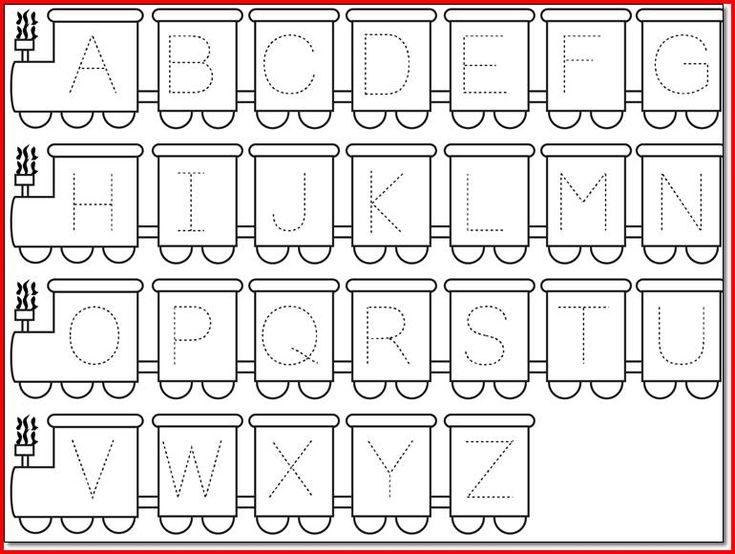
20. Sing songs about the alphabet
Everyone loves to sing the alphabet song, but did you know there are lots of other songs to sing that can help you remember the alphabet? Try out this Sesame Street favorite:
21. Draw pictures from letters
Using letters as a starting point, teach kids how to draw. If this is too difficult at first, just write a letter and then draw a picture around the letter.
Learn more: Felt Magnet
22. Highlight letters on a page
Print a page of text or grab your favorite magazine and a highlighter. Ask kids to highlight as many of one letter as they can find. This is also great for sight word recognition.
Here’s a freebie from The Inspired Apple to get you started.
23. Do-A-Dot letter tracing
These dot markers make tracing letters more fun and help kids with directionality and remembering how to write and recognize letters.
Free Dot tracing sheets: DTLK’s Educational Activities for Kids
24.
 Play letter slap
Play letter slapMake 2 sets of index cards with all the letters on them (52 cards in all). Shuffle the cards together and deal them so each kid holds 26 cards. Together each player takes their top card and turns it upright. The player with the letter closest to A wins the hand and takes the card. If two of the same letter are played, the players slap the card. The one on the bottom of the slip wins the hand. The game ends when one player holds all the cards.
25. Match plastic Easter egg letters
Surely you have some plastic Easter eggs hanging around your attic. Use a Sharpie or letter stickers to put an uppercase letter on one half and a lowercase letter on the other. Then separate the two and throw them all in a basket. Kids pull them out and match them up. Tip: Add difficulty by not coordinating the colors.
Learn more: Crystal and Co.
26. Create loose part letters
What are loose parts? Loose parts are exactly what they sound like—a collection of loose materials or objects.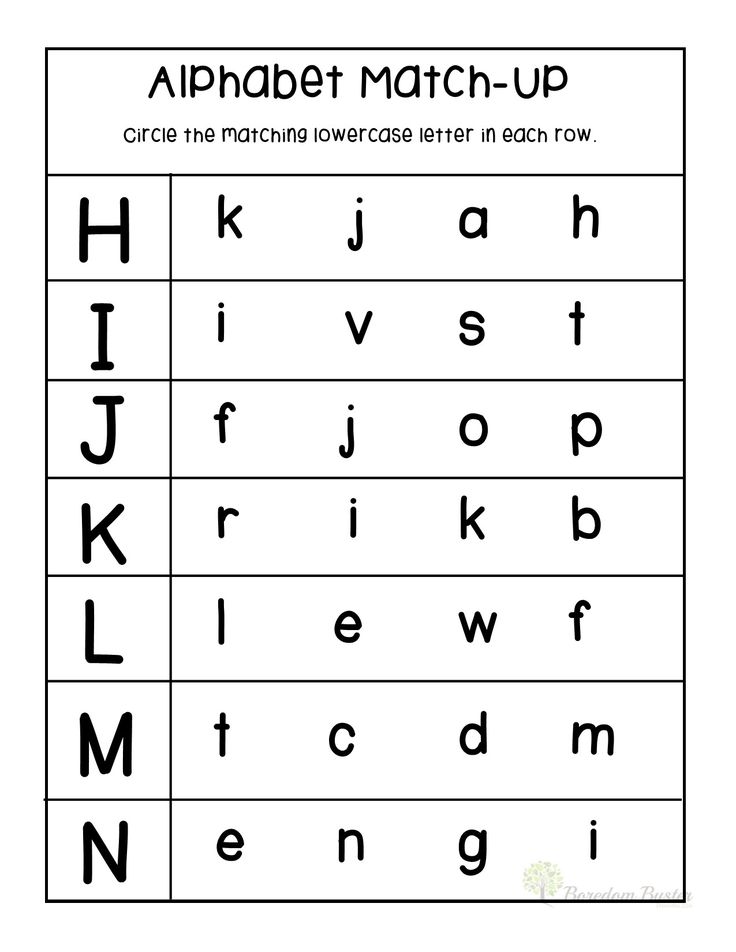 These can be small pebbles, bottle caps, random LEGO bricks, seeds, keys, anything. Draw big letters on a piece of paper and have kids line up loose parts to make the letter.
These can be small pebbles, bottle caps, random LEGO bricks, seeds, keys, anything. Draw big letters on a piece of paper and have kids line up loose parts to make the letter.
Recognizing letters is a fundamental part of learning how to read. Without it, children struggle to learn letter sounds and identify words. Beginning readers who know their alphabet have a much easier time learning to read. Making alphabet practice a part of every day in fun ways helps create a lifelong love for letters and words.
What games and activities do you like to use for practicing the alphabet?
Plus, our favorite activities using alphabet beads and the best alphabet books.
100+ Alphabet Activities that Kids Love
This is a list of the best preschool alphabet activities we've done! They are all fun, hands-on ways to teach the alphabet and letter sounds!
My son enjoyed all of these fun, active and hands-on letter learning activities.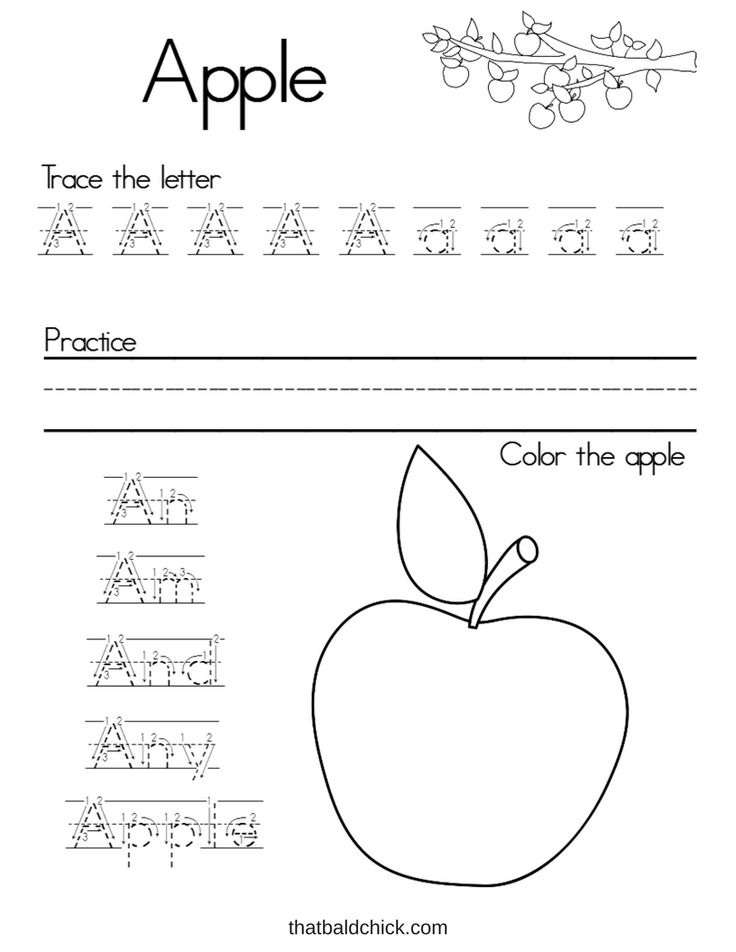
Alphabet Activities for Kids
I love that there are an infinite amount of ways to teach the alphabet to preschoolers and kindergarteners.
There are alphabet games, fine motor activities like play dough mats, clip cards, crafts and so many other fun, hands-on ways to teach the alphabet.
Forget the flashcards and try some of this engaging alphabet activities instead!
Alphabet Skills
This list covers a variety of alphabet learning skills such as:
- letter identification
- letter sounds
- uppercase and lowercase matching
- beginning sounds isolation
- letter formation
We are always adding more alphabet and letter sounds printables and activities to our site, so stay tuned for even more alphabet activities that will engage your kids and make learning and teaching the alphabet fun!
You may also like this alphabet activities printable bundle. It is jam-packed with engaging ways to teach the alphabet to your students!
Get the Alphabet Activities Printable Bundle
These alphabet printables and activities are perfect for preschool and kindergarten students.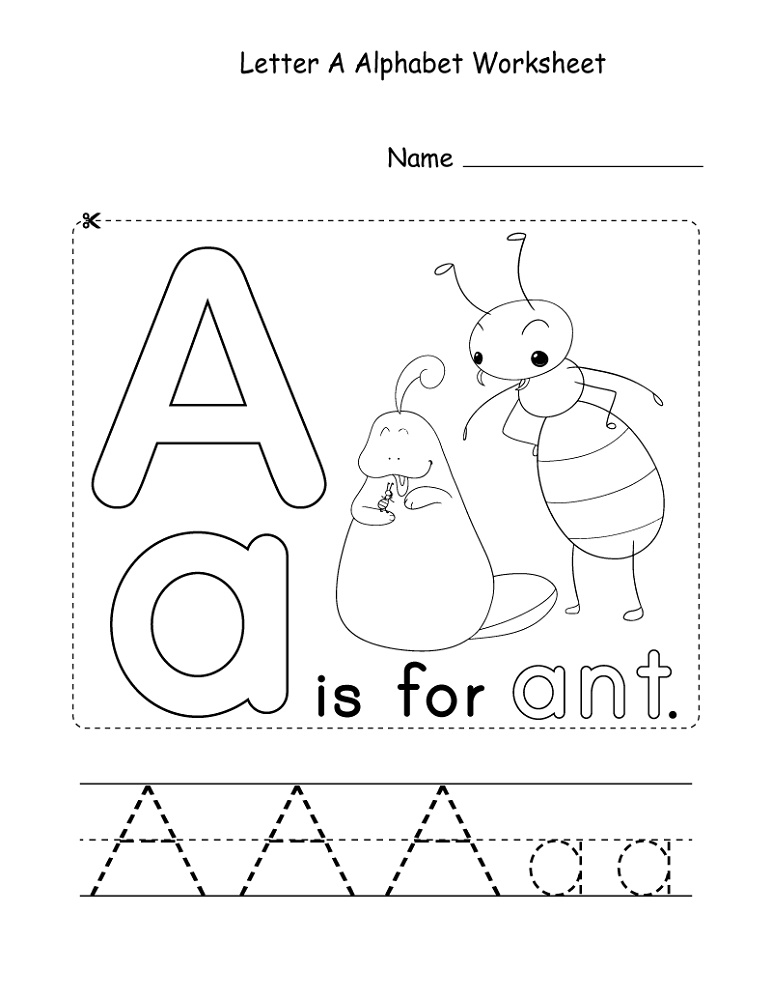 They cover letter recognition, letter sounds, uppercase and lowercase matching, beginning sounds isolation and more!
They cover letter recognition, letter sounds, uppercase and lowercase matching, beginning sounds isolation and more!
With over 300 pages of printable alphabet activities, this printable pack is sure to keep the kids engaged!
Click the button below to head over to the purchase page.
Keep scrolling to find our big list of free alphabet and letter sounds printables!
Alphabet Activities for Kids and Preschoolers
Since I have so many preschool alphabet activities on my blog and I am going to be adding even more, I made this page to keep all the posts together and easy to access for my readers.
I will continue to add my new activities to this page, so you can always come back and find them here.
I hope this will be a huge resource for you! Make sure you pin or bookmark this page, so you can revisit as needed and see everything new that I've added.
Don't forget to check out my alphabet Pinterest board. I pin all kinds of fantastic, hands-on ideas there.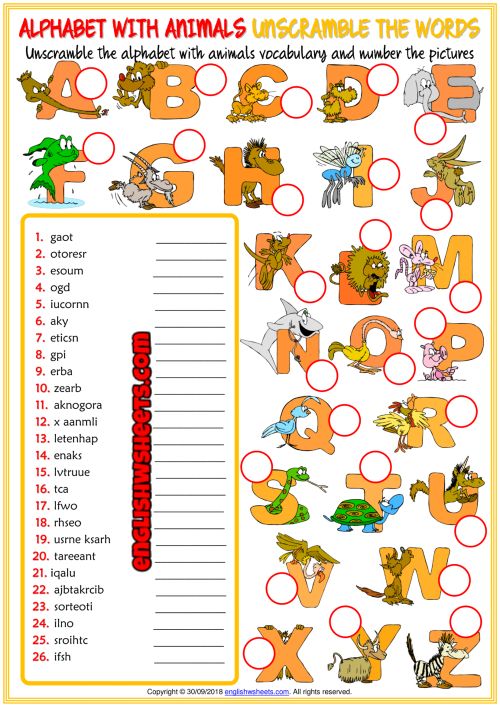 I also have tons of preschool learning activities of all kinds on my activities for preschoolers board.
I also have tons of preschool learning activities of all kinds on my activities for preschoolers board.
Even more awesome ways for kids to learn the alphabet.
Check out the alphabet activities category on Pinterest. There are thousands of activities! Or check out this Pinterest board with tons of engaging ways to teach the alphabet.
I just love this post with 50+ incredible activities for teaching the alphabet.
These 25 alphabet games and activities are so much fun!
Here's a big list of hands-on ways for kids to learn the alphabet. So many genius ways to teach the alphabet here!
Looking for alphabet printables? Check out this post to find some, along with a bunch of other hands-on activities.
Alphabet in the season of colds for children 60 pcs. chewable tablets
Characteristics
- Presentation
- Chewable tablets No. 1 pink weighing 0.82 g, tablets No. 2 orange weighing 0.89 g, tablets No. 3 white weighing 0.
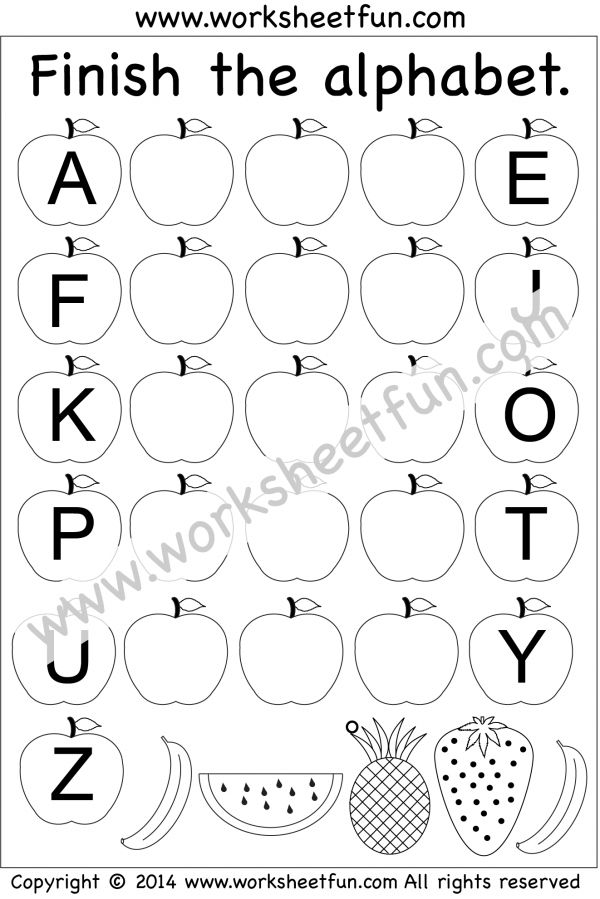 92 g (with cherry flavor) or orange, or apricot) - 60 pieces per pack.
92 g (with cherry flavor) or orange, or apricot) - 60 pieces per pack. - Manufacturer country
- Russia
- Manufacturer
- VTF OOO
- Brand
- Alphabet
- Store in a dry place
- , Store in a place of
- , protected from the light
- Vitamin B1, folic acid, ascorbic acid, Askorbinoic acid, Askorbinoic acid, Askorbinoic acid, Askorbinoic acid, Askorbinoic acid, Askorbinoic acid, Askorbinoic acid, Askorbinoic acid, Askorbinoic acid, Askorbinoic acid, Askorbinoic acid, Askorbino iron pyrophosphate, copper citrate, lactulose, dietary fiber;
- Tablet #2: Nicotinamide, E (acetate), B2, B6 (hydrochloride), beta-carotene, C (ascorbic acid), sodium molybdate, selenium (sodium selenite), zinc (citrate), iodine (potassium iodate ), manganese (gluconate), magnesium (oxide), lactulose;
- Tablet #3: calcium pantothenate, B12, D3, K1, biotin, folic acid, chromium aspartate, calcium carbonate, lactulose, dietary fiber.
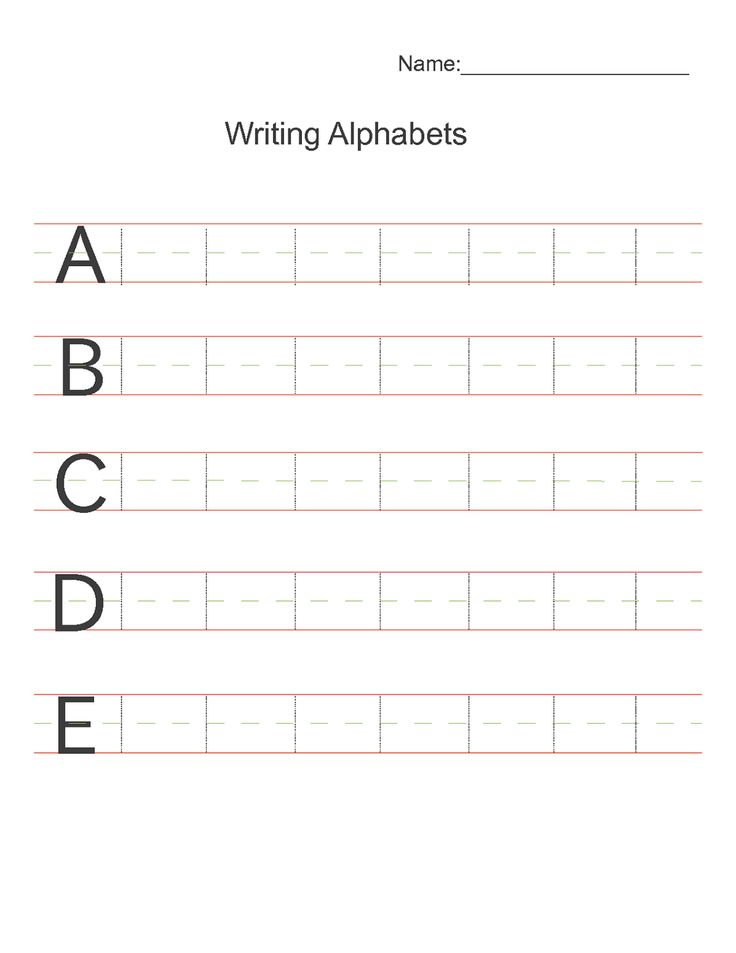 Excipients: dextrose, E1201, E553(iii), E470, E570, E468, E551, natural flavors (cherry, orange, apricot), natural dyes E120, E160b, powdered sugar
Excipients: dextrose, E1201, E553(iii), E470, E570, E468, E551, natural flavors (cherry, orange, apricot), natural dyes E120, E160b, powdered sugar
Description
- ALFAVIT complex During the cold season for children, it will strengthen the body's defenses and help resist the "attacks" of viruses and bacteria. The complex includes all the vitamins and minerals necessary for the child, including those required for the immune system, and also contains components that normalize the intestinal microflora - prebiotics. The resistance of the organism to various infections largely depends on the state of the intestinal microflora: beneficial lacto- and bifidobacteria do not allow pathogenic microorganisms to multiply.
- ALPHABET Included in the cold season for children are two types of prebiotics: lactulose and soluble dietary fiber.
- Lactulose creates a favorable environment for the growth of beneficial bifidus and lactobacilli in the colon, inhibits the processes of putrefaction in the intestines and has a slight laxative effect.
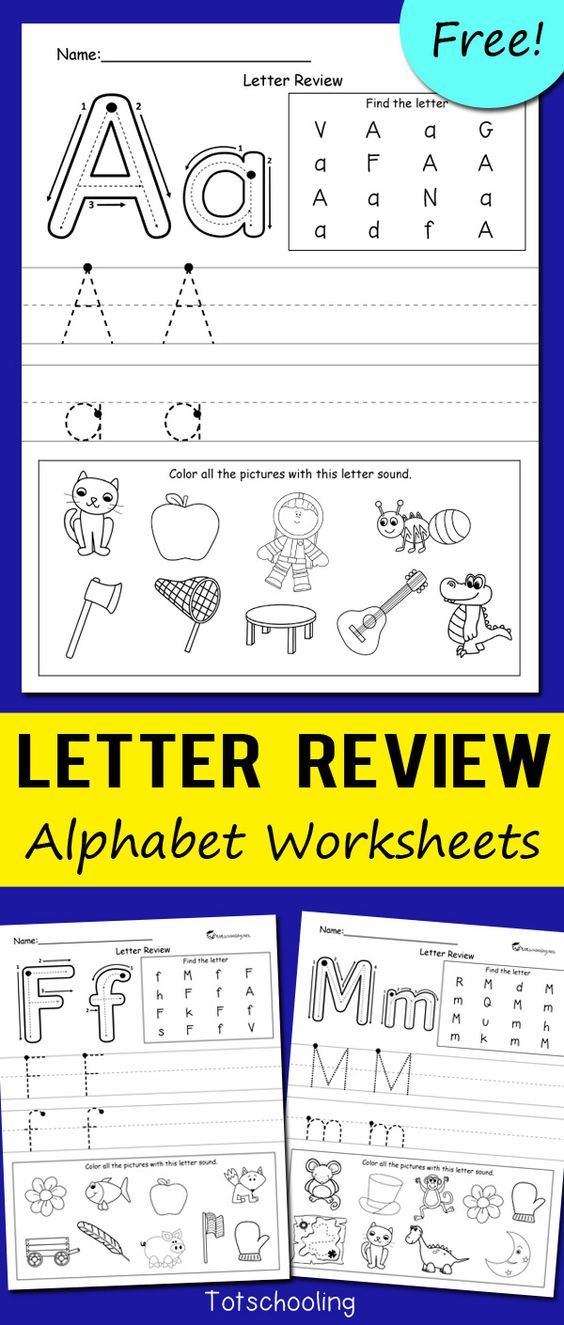 As a result of regular intake of lactulose, digestion is normalized, cellular and humoral immunity is restored.
As a result of regular intake of lactulose, digestion is normalized, cellular and humoral immunity is restored. - Soluble dietary fiber stimulates the motility of the gastrointestinal tract, regulates the composition of the intestinal microflora and helps to eliminate toxins produced including pathogens.
- Prebiotics are indicated after a course of antibiotics, which have a detrimental effect on the intestinal microflora.
- Lactulose is contained in each tablet, and dietary fiber is contained in tablets No. 1 and No. 3.
- ALPHABET components During the cold season for children:
- - strengthen the immune system;
- - reduce the risk of infectious diseases;
- - restore (including after illness) the body's natural defenses;
- - contribute to the normalization of the intestinal microflora, including after taking antibiotics;
- - facilitate the course and reduce the number of relapses of infectious and inflammatory diseases.
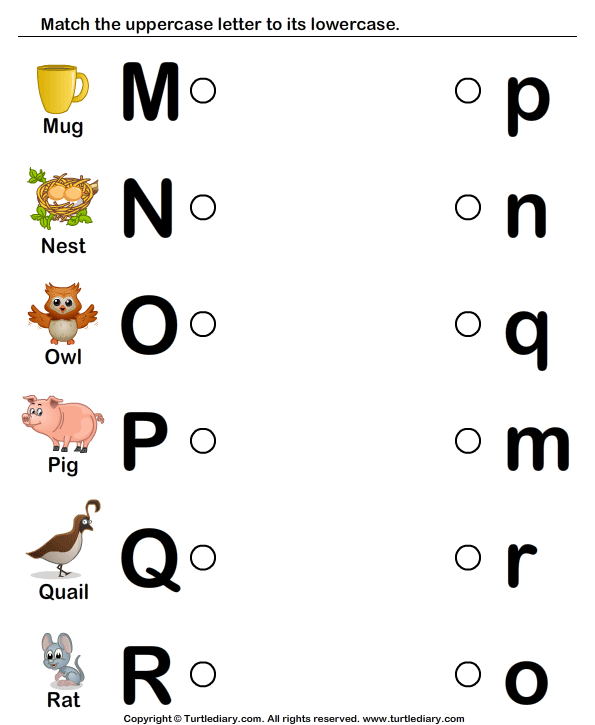
- ALPHABET During the cold season for children, you can take:
- -Twice a day (two tablets in the morning and one in the evening) - the effect will be higher than when taking a one-tablet complex.
- - Three times a day, with an interval between doses of 4-6 hours.
- During this time, the vitamins and minerals that are part of one tablet will be completely absorbed and will not interact with the components of the next. Such a mode of administration will minimize the risk of developing allergic reactions and get the maximum benefit from taking ALFAVIT - it will be 30–50% more than from taking a traditional vitamin and mineral complex.
- The interval between doses may be more than 6 hours. If your child cannot take ALPHABET during the day (for example, he is in kindergarten or at school), then you can give him tablets according to the following scheme: in the morning, then after returning home and at bedtime.
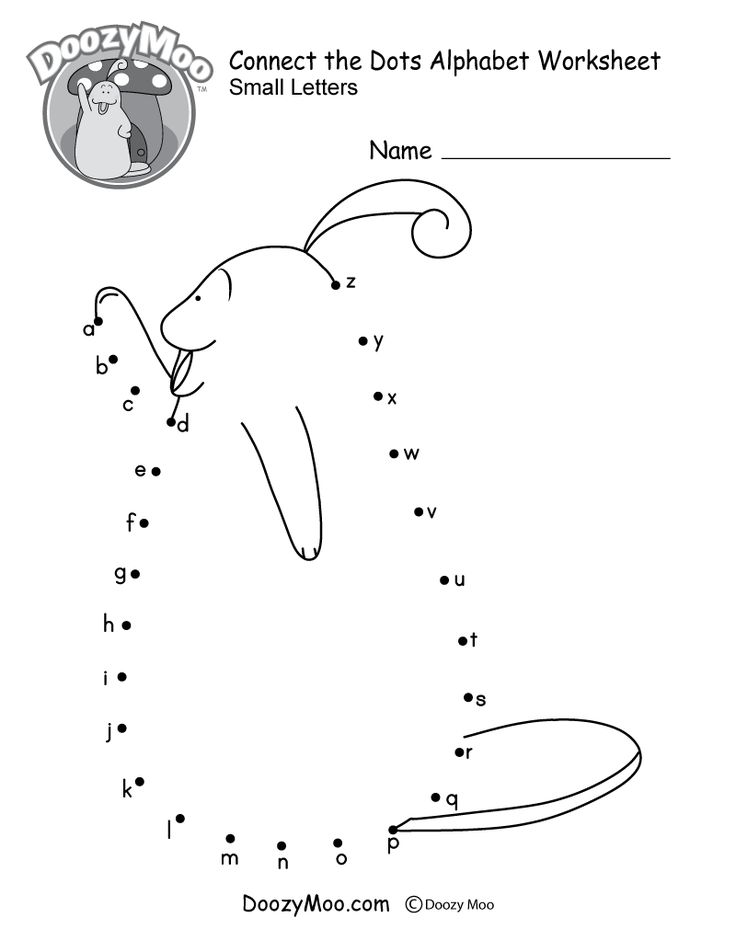 Efficiency with this mode of reception will not decrease. Hypoallergenic vitamin prophylaxis will also be provided.
Efficiency with this mode of reception will not decrease. Hypoallergenic vitamin prophylaxis will also be provided. - If, for any reason, a child misses an ALFAVIT appointment, nothing bad will happen. You can give the missed pill to the child next time.
- Course of administration
- ALPHABET In the season of colds for children, it is advisable to use:
- - From October to April - during this period, the risk of getting ARI increases sharply.
- - After taking antibiotics.
- - Regardless of the season, if the child is in the category of frequently ill children.
- Vitamin-mineral complexes are intended for prevention, not for treatment. Therefore, you yourself can determine the duration of vitamin prophylaxis in your child. For example, during the cold season, a child can take vitamins for 1 month, then take a break for 10-15 days and repeat the course again
- pink, orange, white chewable tablets.
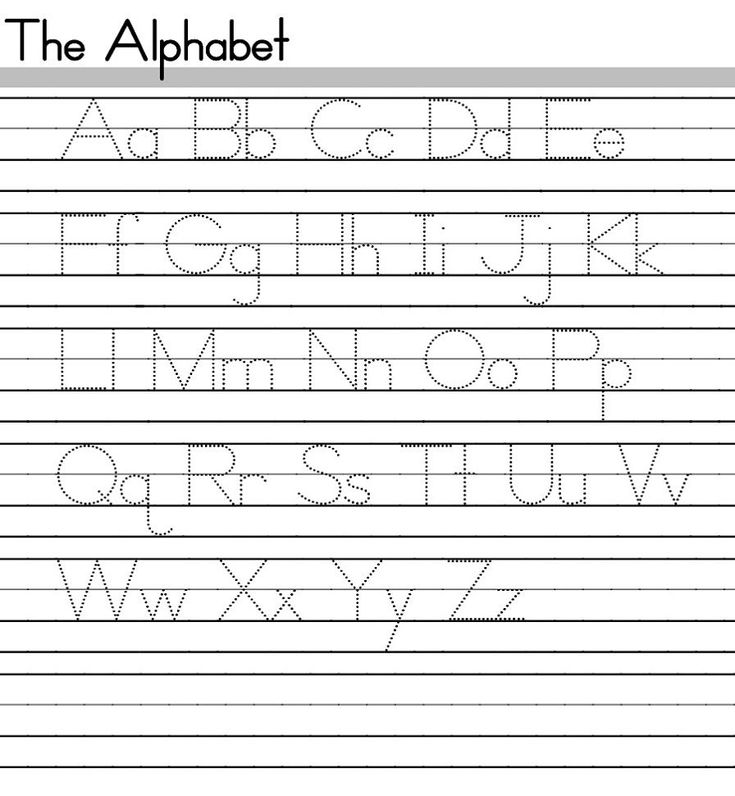
Indications
- as a biologically active food supplement - an additional source of vitamins, macro- and microelements, including organic forms of zinc, chromium, copper and manganese, a source of prebiotics (lactulose and dietary fiber) for children from 3 to 14 years old.
Contraindications
- Individual intolerance to components, hyperthyroidism. Before use, it is recommended to consult a doctor.
Method of administration and doses
- Children over 3 years old: 1 tablet of one of the species per day with meals at breakfast, lunch and dinner in any order. Duration of admission - 1 month.
Storage temperature
- from 2 ℃ to 25 ℃
Organization authorized to accept claims
- Rusfic LLC
- 123610, Moscow, Krasnopresnenskaya Nab., 12, under. 7, fl. 6, room IAZH
- info@rusfic.
 com
com - t. +7 (495) 225-80-01, f. +7 (495) 258-20-07.
Learn letters! Alphabet for kids!
Description
Let's have fun learning the letters of the alphabet with the colorful talking alphabet! Cute little animals and other characters will help you remember the alphabet, both Russian and English.
One of the first books of every child is undoubtedly a primer or alphabet for kids!
Children's alphabet app is great for kids and preschoolers 3, 4, 5 and 6 years old. You can download it absolutely free!
ABC
Any education and learning of a language begins with the alphabet. So that the Russian language in the 1st grade seems like a trifle to a child - start learning now! Our abvgdike will turn school preparation into a game!
ABC
Learning English letters. It is much easier for children to learn a new language, and today everyone should know English. Start learning the English alphabet for kids with pronunciation for the youngest kids as early as possible!
Start your education with English alphabet letters.
Our interactive talking alphabet contains a set of cards in which the child needs to identify the object associated with the letter in simple steps. For the little ones, it is easier to learn the alphabet when letters and sounds are associated with something.
There are many educational games for little girls and boys, but learning the alphabet for kids is perhaps the most useful and necessary!
It is important for preschoolers to do school preparation, learning the alphabet and learning to read in order to feel comfortable in the first grade in Russian. To facilitate your child's preschool education, you can download educational games and educational games for children, such as the Russian and English alphabet for toddlers and children a little older.
Version 1.0.4
Dear moms and dads! Thank you for installing our apps for your kids! This version fixes minor bugs that won't bother you anymore.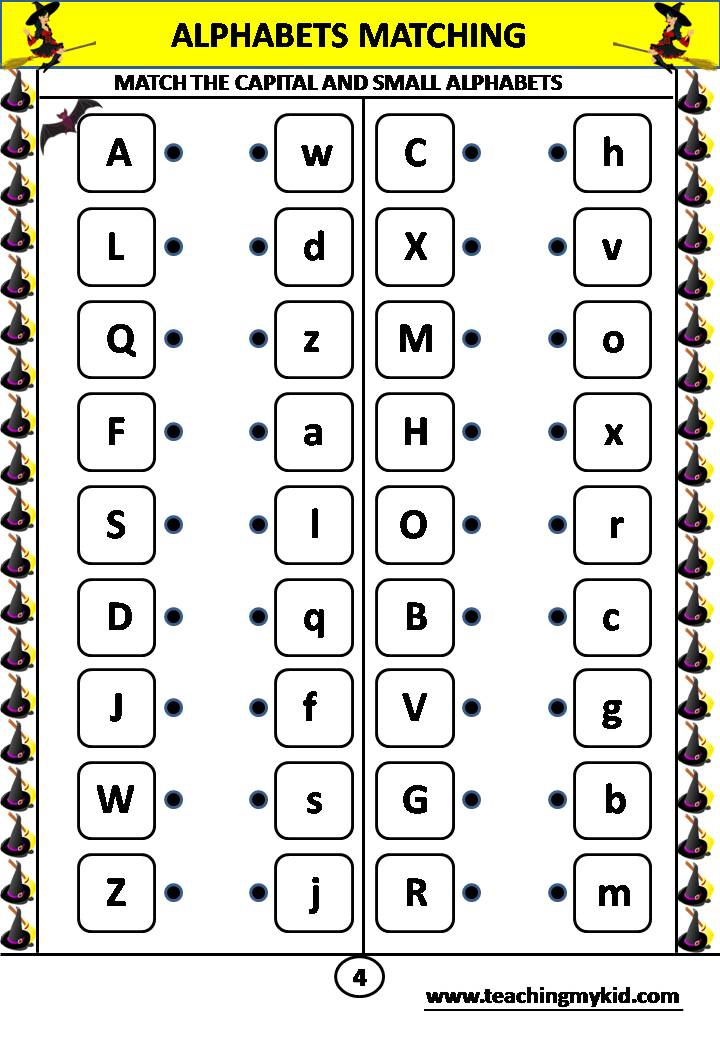 Write reviews, your opinion is very important to us and we will gladly consider all your suggestions and implement the best of them.
Write reviews, your opinion is very important to us and we will gladly consider all your suggestions and implement the best of them.
We work for you and your children!
Ratings and reviews
Ratings: 434
Alphabet
I like it
Thank you for your high rating!
colorful application
The child really liked it) interactive letters and objects) helps in preparing for English) I recommend it!
Need to fix
The letter L is pronounced incorrectly.

Learn more

